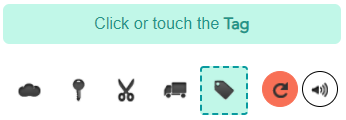Compare Flood Insurance Rates
Learn more about the factors that dictate your flood insurance rates, compare top insurers, and save.
 Your information is secure.
Your information is secure. Flood

What is a Flood?
A flood is defined by the NFIP as: A general and temporary condition where two or more acres of normally dry land or two or more properties are inundated by water or mudflow.
For many homeowners, flood insurance is an essential extra layer of protection. Adding flood insurance to your insurance package means you're covered if groundwater rises and floods your home—a situation that isn't usually covered by home policies.
Most of your house is covered; what isn't?
Generally, most of your house is covered by flood insurance.
Specifically, the core parts of your home—like the foundation and the systems that keep it running—are covered.So are appliances.
Carpeting and personal belongings are generally covered, too, unless they're in the basement.

What does flood insurance cover?
Flood insurance provides coverage both the structure of the home and personal property if they are damaged in a flood.

Why flood insurance might be a must-have
We agree with the National Flood Insurance Program—everyone should have flood insurance, especially if you're in an area that has a high flood risk. You might even be required to have it if you're at high risk.
Here's why the National Flood Insurance Program (NFIP) recommends all to have flood insurance:
The situations that cause flooding—heavy rain, melting snow, severe coastal weather—can happen anywhere. In fact, one in five flood insurance claims comes from someone in a low—or medium-risk area.
Do I need flood insurance?
Many people associate floods with places like Florida, Texas, and California since their borders are on the ocean. But those are not the only areas that need to consider flood insurance.
Even if you don't live near the coast, there may still be a great risk of flooding. Learn more about in our guides and resources to help determine if you need to consider getting a flood insurance quote.
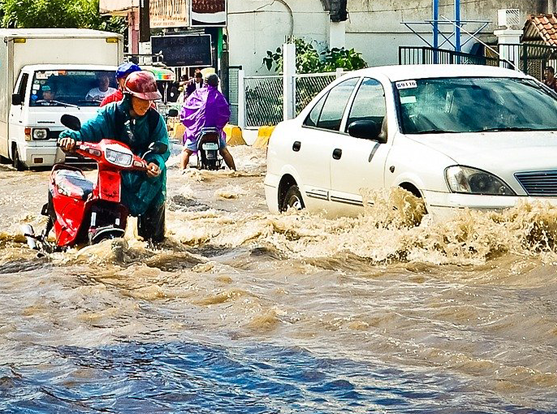

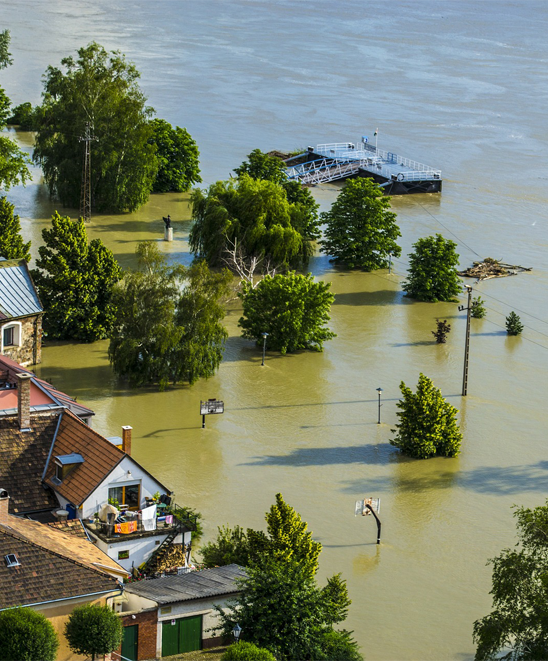
Coverage you need with service you can count on.
Flooding you with confidence that your stuff is covered.
If your home is in a community that participates in the National Flood Insurance Program (NFIP) you may be eligible for flood insurance at a modest cost through the federal government. This means private insurance companies issue flood insurance that's administered by the federal government.
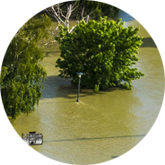
Flood insurance: One price, wherever you go with many companies
Unlike most other insurance coverages, your flood insurance policy will cost you the same, no matter where you get it. (Good news if you prefer not to shop around!)
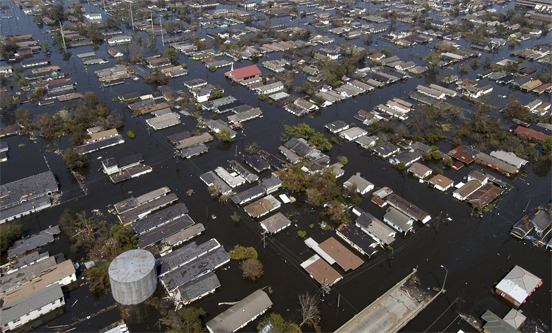
Why choose us to help you get flood insurance?
Big coverage for a small premium: options of companies.
- Backed by the Federal government
- Cover damages not covered by homeowner's policies
- Rates tailored to your specific area

When should I buy flood insurance?
Flood insurance policies require a 30 day waiting period before the coverage is effective, like a health insurance coverage, but there are some exceptions like if you've purchased a new home and the closing is in less than 30 days.

Flood Insurance POINTERS
Most homeowners insurance policies do not provide flood insurance, but it's usually available as a separate policy. So, how do you know if you need flood insurance and how can you protect your home from flood damage?
Get your hands on a flood map or elevation map of your neighborhood. A local land surveyor can help you with this, or you could use FEMA tool in their website to find out. This is particularly important when purchasing a home or property in coastal areas. If you are in the 100-year flood plain then you may be at greater risk than normal for flood-related damage.
Remember that even if you don't live near the coast, there may still be a great risk of flooding. It is important to note that desert areas and very dry land are not able to absorb water as quickly as the coastal areas, resulting in more serious flash floods.
It typically takes 30 days for flood insurance to go into effect, so trying to save a few dollars by leaving it for the last minute can cost you big time.
Avoid the 'Repulsive Factor.' Some floods can cause damage indirectly For example, if flood waters deluge the sewer system it could overflow and back-up into the house (Hope no one was eating or cooking).
To help prevent this, make sure you have a back flow valve installed in the sewage system. Also, protection against sewer water backing up into the home can be added onto your existing policy and is different than flood insurance.
Even homes that are located in non-flood zones can be damaged by a flood. In fact, 30% of flood damage occurs in areas that are not considered high risk.
















